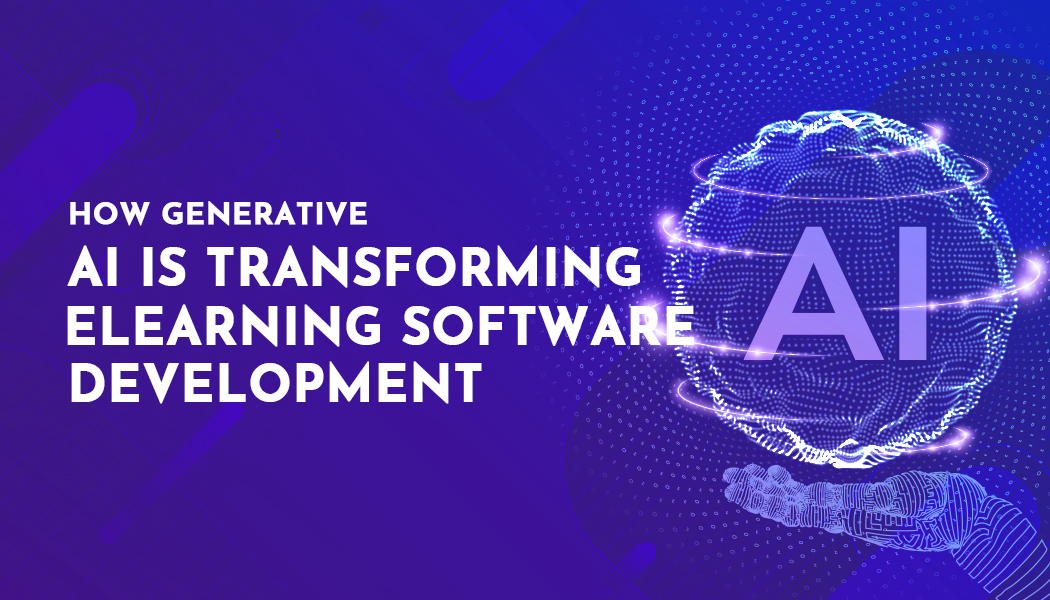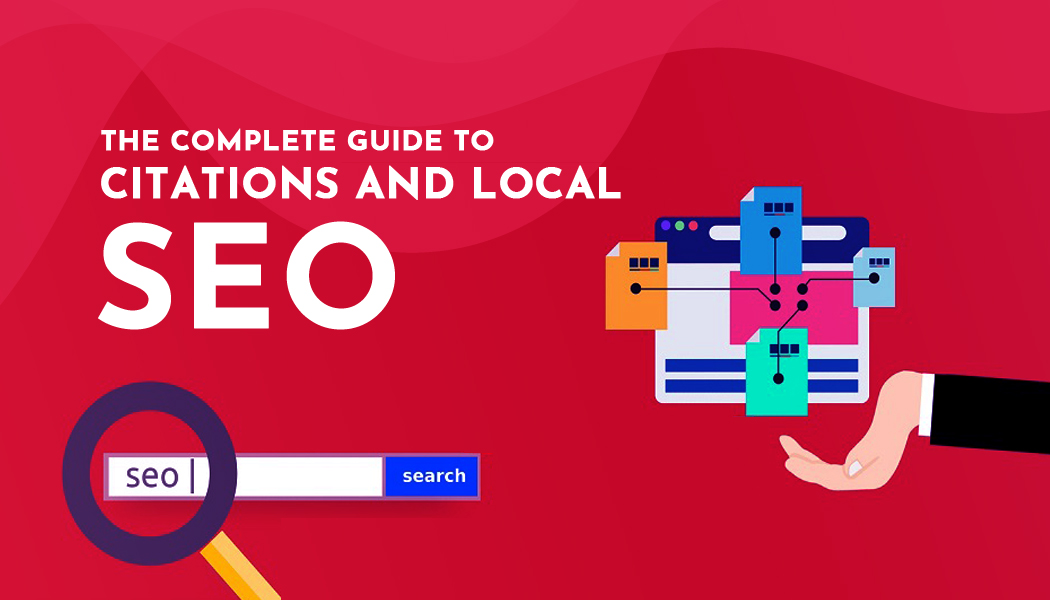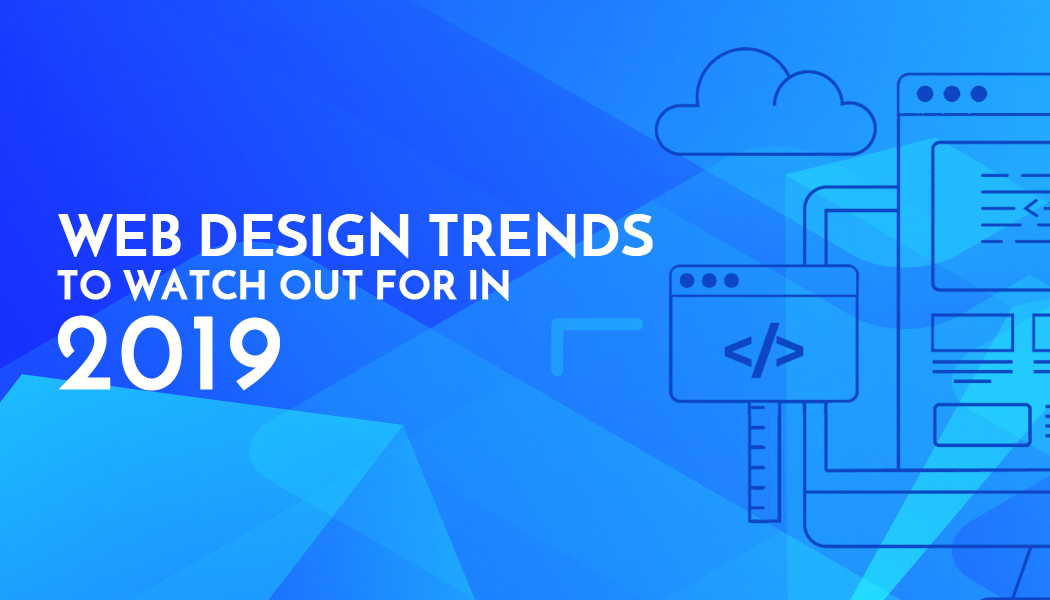How Generative AI is Transforming eLearning Software Development
Before proceeding, let you know that we have not used any Generative AI tool to curate this article!
Do you know why we wrote this disclaimer before starting the article? It is because here we will discuss and uncover how generative AI is revolutionizing the eLearning software development and education industry by providing content on any topic just by giving simple prompts.
It is just like giving commands to your computer and the system performs the tasks as instructed. But do you know who those core digital transformation players and game changers are? Let’s first have an introduction session.
So, the first important character that is transforming educational software development is generative AI or GenAI, which is a subset of artificial intelligence that allows you to create content, draw images, and videos, and compose music, by learning patterns from existing data.
Top 7 Generative AI Applications in eLearning Software Development Transforming the Digital Landscape
1. Helps Create Personalized Learning Paths
One of the prime ways in which Generative artificial intelligence is digitalizing and revolutionizing the eLearning platform is to help them curate customized learning paths based on individual learner preferences, learning styles, and skill levels. It can analyze user data efficiently and accurately, including course completion rates and past performances.
Now, this is where the AI-powered recommender systems take the front seat in the forum. These advanced engines recommend personalized courses, specific modules, and dedicated resources to enhance learning efficiency. GenAI and education management software tailor the educational content and learner experience that boost their overall engagement level.
We can take the example of top educational platforms like Coursera, which integrates Generative AI to recommend courses based on user’s skill progression.
2. Generating and Curating Personalized Content
Ever since OpenAI built and launched ChatGPT in 2022, there has been a huge revolution in the content writing industry. Generating and curating content on any topic has become a cakewalk for anyone even without experience in that particular subject matter. For example, a non-technical person who does not know anything about coding can write codes using Generative AI tools.
With ChatGPT coming to the surface and creating a storm in the world, many companies are now building similar tools that can perform different tasks. For instance, if you are a music teacher, you can compose lyrics and music using software like AIVA (Artificial Intelligence Virtual Artist), OpenAI’s MuseNet, and Amper Music.
Are you a medical student and not able to comprehend the complex concepts and structures of human anatomy or the hard chemical composition of medicines? Don’t worry; companies have developed highly advanced eLearning Software Development, such as GlassHealth to simplify the learning process.
These GenAI systems are comprehensively supported and assisted by natural language processing processing (NLP) technology and machine learning algorithms. You can even modify and rephrase the content as per your specific needs and even create a lesson plan to free your valuable time from labor-intensive tasks and focus more on engaging students.
3. Getting Real-Time Feedback and Making Quick Assessments
You will agree that timely feedback is quite crucial for the success of the eLearning process and pleased to note that Generative AI can help you achieve effective, accurate, and real-time feedback for your students. This process can be vice-versa where students can evaluate their educators and give feedback on whether they are satisfied with their teaching methods.
Generative AI allows teachers to evaluate and make instant assessments, which enables them to identify and understand the strengths and weaknesses of each student. These next-gen tools assist in grading assignments class tests, and other examinations to declare results at the stipulated deadline.
Also, artificial intelligence tools and machine learning algorithms help teachers minimize mistakes while evaluating the students’ copies. It fosters a quick and streamlined learning experience.
4. Automating Content Translation and Localization
Imagine you are studying in a foreign university and you are required to submit your project in the Spanish language. But you do not know ABC of Spanish. Take full help from a Generative AI tool and translate all your content from English to Spanish or vice versa in a matter of minutes.
Yes, you can easily localize texts, audio, and video content files in any preferred language and your teacher will access the same material with ease. You can get access to content in multiple languages and this helps you to decode your study materials easily and quickly.
We can cite the example of Google Translate here, which has integrated its tool with AI capabilities making learning more inclusive and breaking the barriers of the language.
5. Virtual Assistants Enhance the Engagement Level
Today companies offering the best-in-class educational software development services are creating content with the help of virtual assistants and advanced chatbots, powered by Generative AI. This has resulted in enhanced engagement and satisfaction levels with AI-based chatbots offering real-time support to learners.
Learners can get answers to their questions or queries in seconds and students can clarify their doubts instantly. Generative AI can also become your guide and help you understand complex topics in a simplified way. Tools like ChatGPT and Google’s Gemini are the best examples of that, providing a seamless learning experience.
You can ask any question and get real-time answers with continuous support and assistance. Not only that, these advanced AI-powered virtual assistants can also send real-time alerts and notifications on assignment submissions to foster a more interactive learning environment.
6. Stimulation and Scenario-Based Learning
The field of education is quite vast and diversified where you need different learning approaches to get hold of the actual concept. One such area probably is the medical or engineering field, which requires students and learners to become proficient experts with hands-on experience.
Now, you can unlock Generative AI’s full potential to create virtual simulations, replicating real-world scenarios. This is one of the recent AI-powered incentives, enabling students to implement theoretical knowledge in a controlled and risk-free environment. For example, medical students and doctors learning surgery can use AI robotics to practice different procedures on dummy patients.
Stimulation and scenario-based learning help students enhance their critical reasoning and thinking skills and problem-solving capabilities by delving deeper into a lifelike situation and gaining proficiency before beginning the actual practice.
7. Creating Video Content Powered By Artificial Intelligence
Imagine a scenario just five years back when Generative AI had not taken its full-fledged shape as today. Back then creating video-based educational content was time-consuming and a daunting task. You were probably required to use your smartphone camera or any other device to shoot the video, edit the same, and upload it on the concerned platform.
However, those days are gone now, and GenAI has become one of the greatest companions for creating and customizing educational videos with different learning objectives. Several AI tools are now available, such as Synthesia, Canva, and InVideo AI that allow users to curate video lectures and integrate AI avatars and voices, based on the demand.
It has allowed users to save a lot of time but also amplified the learner experience with improved multimedia tools. You can even generate titles and subtitles for the video automatically and video summary for better understanding and accessibility for a special learning audience type.
Conclusion
Generative AI has automated and optimized eLearning Software Development in various other ways. These include automating the grading and evaluation system with the help of advanced tools and technologies. The education management software has personalized learning paths and offers adaptive testing to make learning more interactive and inclusive.
This is the reason why the elearning software market is scaling up and is expected to reach $843 billion approximately by 2030, according to recent research. GenAI will continue to create its impact on the education sector to provide a unique learning journey for all.




